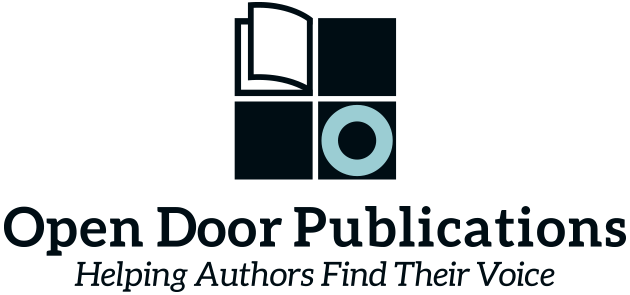Ever since Amazon KDP started asking if the books we publish are “AI generated” when we upload a book, the rumors have been flying.
- Will Amazon ban books that use AI?
- Will Amazon tag books that use AI so our readers know we have used it?
- Is Amazon planning to develop its own AI platform?
- If so, will authors be forced to use it?
- And finally, will Amazon begin developing its own books to sell, making the market even more difficult and less profitable for authors?
Personally, I think this last one is farfetched considering the state of AI at the moment, but it wasn’t that many years ago that we thought artificial intelligence was just something found in Sci-Fi, so you never know.
Let’s take a look at what we do know about Amazon’s current AI policies and separate fact from fiction. Here are the current content guidelines.
Artificial intelligence (AI) content (text, images, or translations)
We require you to inform us of AI-generated content (text, images, or translations) when you publish a new book or make edits to and republish an existing book through KDP. AI-generated images include cover and interior images and artwork. You are not required to disclose AI-assisted content. We distinguish between AI-generated and AI-assisted content as follows:
AI-generated: We define AI-generated content as text, images, or translations created by an AI-based tool. If you used an AI-based tool to create the actual content (whether text, images, or translations), it is considered “AI-generated,” even if you applied substantial edits afterwards.
AI-assisted: If you created the content yourself, and used AI-based tools to edit, refine, error-check, or otherwise improve that content (whether text or images), then it is considered “AI-assisted” and not “AI-generated.” Similarly, if you used an AI-based tool to brainstorm and generate ideas, but ultimately created the text or images yourself, this is also considered “AI-assisted” and not “AI-generated.” It is not necessary to inform us of the use of such tools or processes.
You are responsible for verifying that all AI-generated and/or AI-assisted content adheres to all content guidelines, including by complying with all applicable intellectual property rights.
To sum it up, you don’t have to inform Amazon if you use AI software to check your grammar, fact check, or to help you brainstorm. But if you—or your graphic artist because this involves covers, also—use AI in the initial creation of a project, even if you substantially change it later—you should click the “I have used AI in the creation of this book” button.
Is this the right way to identify “AI created” versus “AI assisted.” We can split hairs all we want, but the bottom line is that this is Amazon’s policy so they make the rules. And by the way, Ingram Spark recently started asking this question also.
What’s an author to do? There is no right or wrong answer. First, realize that you may be using AI tools without even realizing. If you use Grammarly to check your spelling you are using AI. Ink Editor helps to optimize your SEO. WordTune goes a step further than Grammarly in assisting with writing as well as checking grammar. Adobe now has AI available for its graphics programs. And if you are looking for stock photos, several sites now give you the option to use AI to create exactly what you are looking for.
Is there a way for Amazon to check our work and see if we have cheated and used AI when we have said we have not? These tools are currently cumbersome, time consuming, and prone to error so Amazon is probably not using them right now.
Will they in the future? Who knows. My best advice is to follow your conscience. If you are using AI in any way, decide for yourself whether or not you should tell Amazon, Ingram, or any other site.

